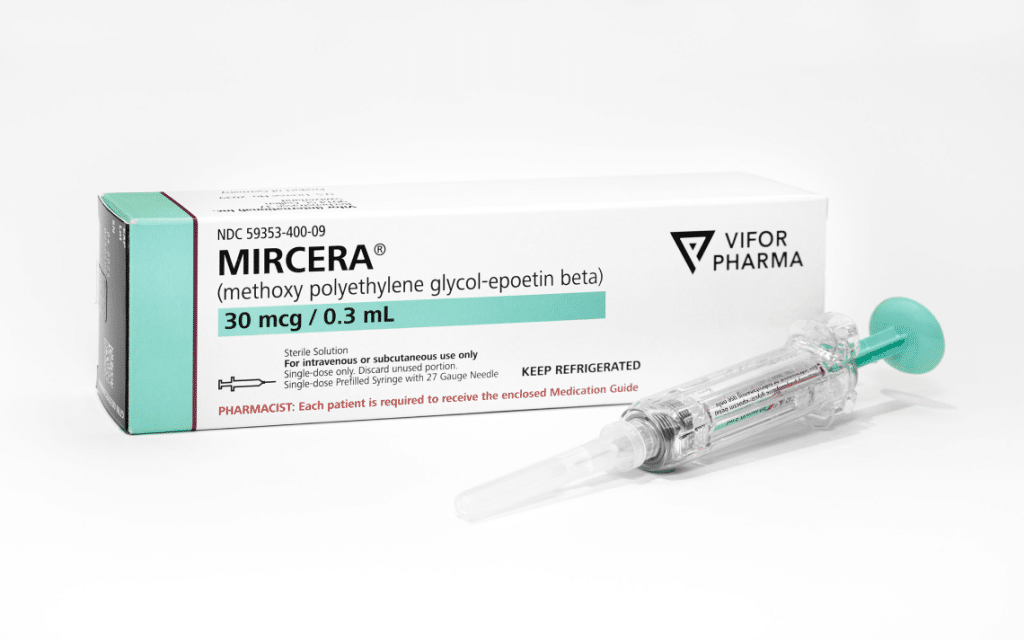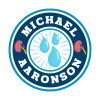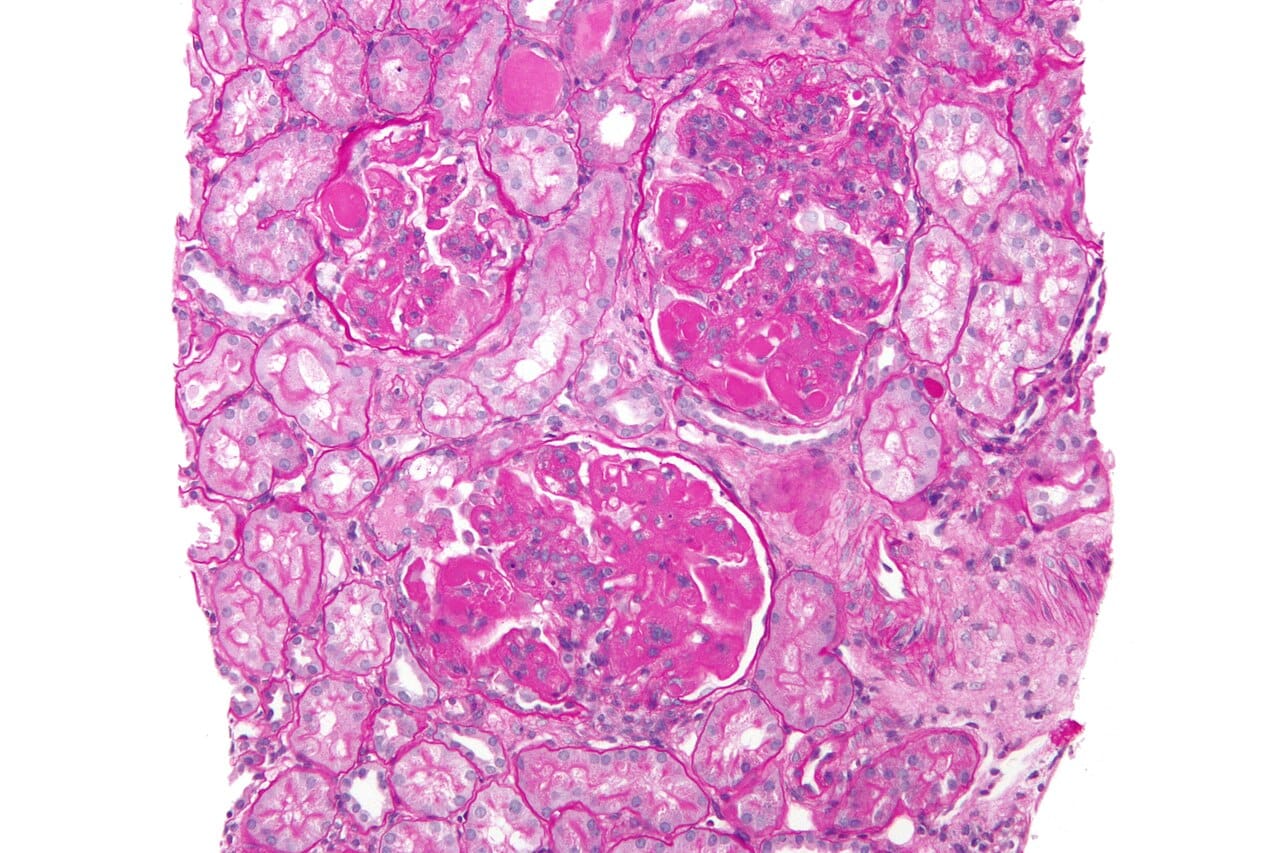Background: Will Erythropoietin Use in this CKD patient help us?
67-year-old man with a history of CKD stage 3B, hypertension, and lower urinary tract symptoms is in the intensive care unit with septic shock related to pneumonia.
Prior to admission, the patient was on losartan for his hypertension.
The patient was appropriately resuscitated with fluids and antibiotics. Nephrology was consulted to assist with AKI and fluid management. The patient is stabilized.
The patient’s hemoglobin went from 10.2 down to 7.1 two days after resuscitation. He is currently stable.

Please answer the following questions:
What is the next step to approach this patient’s anemia?
* Continue current therapy.
* Perform a blood transfusion with a goal hemoglobin of 10.
* Perform a blood transfusion with a goal hemoglobin of 12.
* Start Mircera after making sure the patient is iron replete.
* Start erythropoietin after making sure the patient is iron replete.
Answer: continue current therapy.
For critically ill and ward patients who are euvolemic, not actively bleeding, and do not have acute ischemic heart disease, it is recommended to use a restrictive transfusion threshold of 7 g/dL (70 g/L).
A restrictive transfusion threshold of 7 g/dL (70 g/L) is not applicable for the following patient types: severe thrombocytopenia, chronic transfusion-dependent anemia, and acute coronary syndrome.
Patients with active ischemic heart disease do better with a more cautious transfusion trigger.
A
True
B
False
B
False. This is a scenario when transfusing above the 7 g/dL threshold may be appropriate.
Guidelines recommend a restrictive erythrocyte transfusion threshold for hospitalized adult patients who are hemodynamically stable.
A
True
B
False
A
True
Patients with severe thrombocytopenia are included in the group recommended for a more liberal transfusion strategy.
A
True
B
False
A.
True. These patients with low platelets have a risk of bleeding and may need the additional blood to buffer a possible loss of blood.
Erythropoietin therapy is recommended for patients with chronic kidney disease not requiring dialysis who have a hemoglobin level greater than 10 g/dL.
A
True
B
False
B
False
Higher hemoglobin targets in patients receiving erythropoietin therapy are not associated with adverse events.
A
True
B
False
B.
False
Discussion:
Related Posts:
Septic shock, Provider Quiz, Hospital Medicine by Michael Aaronson MD




